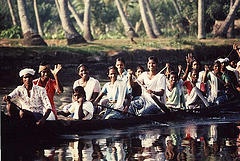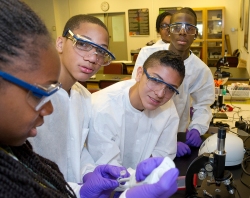Thanks to the UC Davis College of Engineering Twitter Feed for pointing me to this
Study: Higher gender + tenure diversity associated with higher productivity in GitHub teams, http://t.co/qHXOvMmGKb @github @phylogenomics
— UC Davis Engineering (@UCDavisCoE) January 23, 2015The paper behind this is available as a preprint here.
Abstract:
Software development is usually a collaborative venture. Open Source Software (OSS) projects are no exception; in- deed, by design, the OSS approach can accommodate teams that are more open, geographically distributed, and dynamic than commercial teams. This, we find, leads to OSS teams that are quite diverse. Team diversity, predominantly in of- fline groups, is known to correlate with team output, mostly with positive effects. How about in OSS?
Using GITHUB, the largest publicly available collection of OSS projects, we studied how gender and tenure diversity relate to team productivity and turnover. Using regression modeling of GITHUB data and the results of a survey, we show that both gender and tenure diversity are positive and significant predictors of productivity, together explaining a sizable fraction of the data variability. These results can inform decision making on all levels, leading to better out- comes in recruiting and performance.Really, really fascinating.












